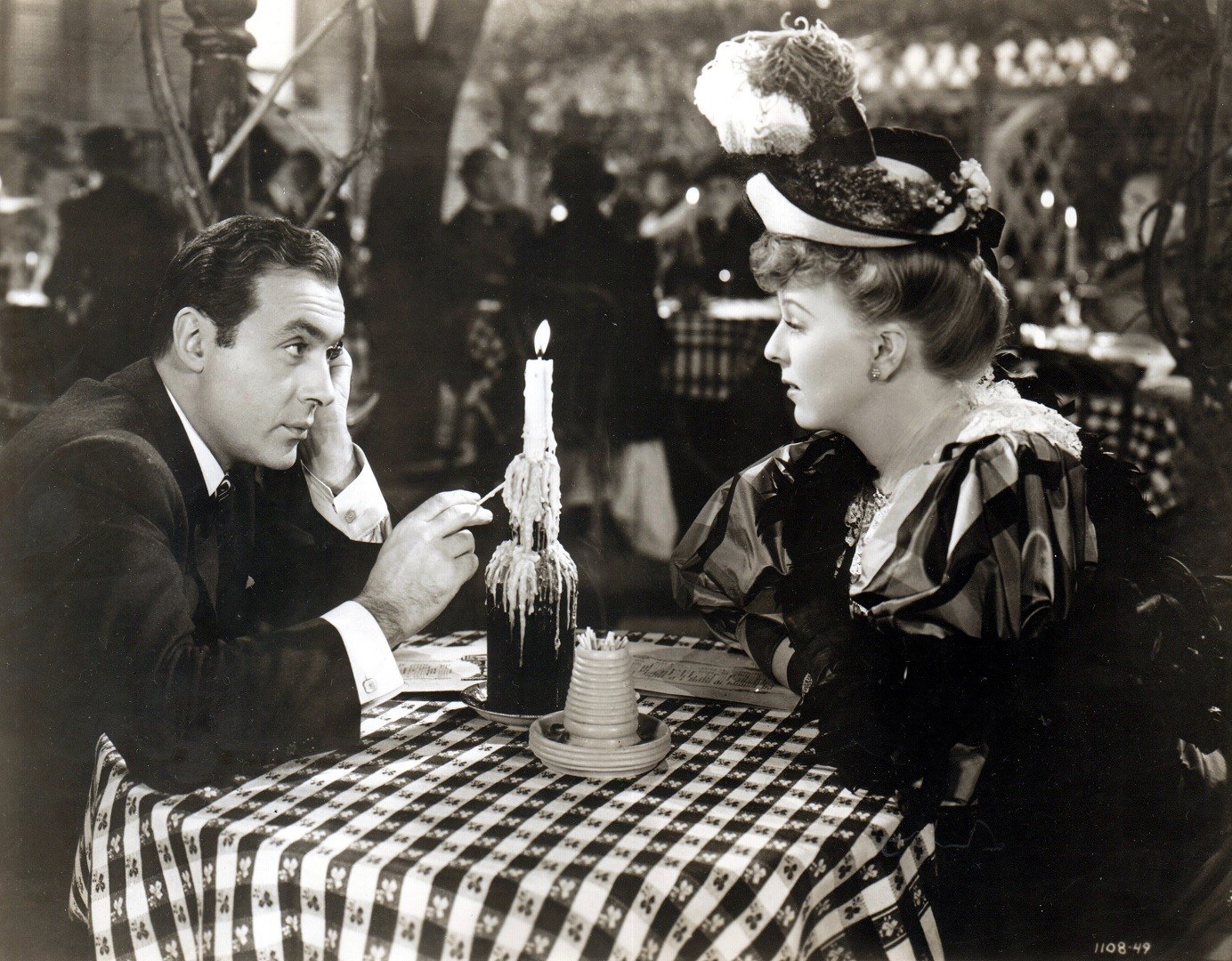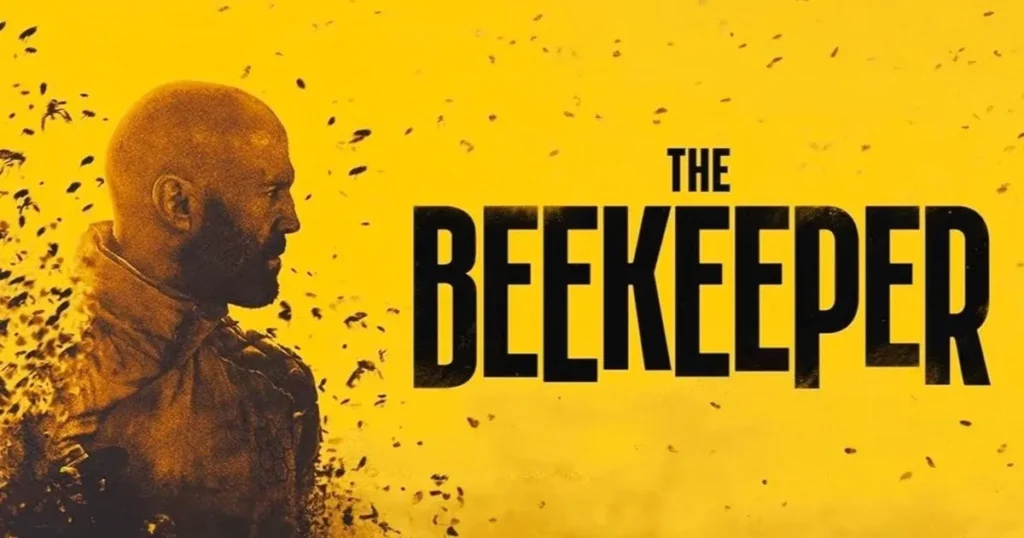Robert Stevenson’s Back Street, the second of three cinematic treatments of Fannie Hurst’s potboiler, stakes a solid case for its existence, clearly a film of its era and less workable in today’s climate but nevertheless an excellently acted and well-produced version of the story.
The Production: 3.5/5
Fannie Hurst’s old warhorse of a melodrama Back Street has been brought to the screen three times: in 1932, in 1941, and in 1961, the latter with lush surroundings and bold color pretty much eclipsing the previous two efforts in people’s memories. But Robert Stevenson’s 1941 effort with Margaret Sullavan and Charles Boyer as the illicit lovers and featuring a more low-key production and more subdued emotions deserves a reconsideration.
Ready-to-wear clothes designer Ray Smith (Margaret Sullavan) is one of the most vivacious catches in all turn-of-the-century Cincinnati, but despite a lot of men chasing her, she commits to none of them until she meets New Orleans financier Walter Saxel (Charles Boyer). They have instant chemistry and can’t bear to be separated though their romance is slightly stifled when she learns he’s engaged to a girl in Louisville. On the eve of his departure by riverboat, a cruel twist of fate prevents her coming to him (where unknown to her he had arranged for an on-board marriage), and they go their own ways, both ending up ironically in New York five years later where she’s designing for a high fashion house and he’s working his way up the corporate finance ladder due to his marriage to the boss’s daughter. But their meeting revives their intense feelings for one another, and she willingly submits to taking a comfortable apartment on a back street and making herself available when he can conveniently come to her, a situation which her good friend salesman Ed Porter (Frank McHugh) begs her to reconsider and her old Ohio sweetheart Curt Stanton (Richard Carlson) proposes to alter through a marriage to him.
The screenplay by Bruce Manning and Felix Jackson allows Ray to have limited options to her miserably lonely existence as a “kept woman.” The script doesn’t make clear, however, if Walter is paying her way or if Ray is continuing to sell her designs from home but doesn’t touch on her refusing to construct any kind of personal life apart from being with Walter, something that lessens somewhat our ability to sympathize with her predicament while she’s waiting by the phone and mailbox for any glimmer of communication from her lover. The script also keeps the actual Mrs. Saxel in the shadows (the only glimpse we get of her on a steamer is from the back), the unseen and unknown entity keeping our two protagonists apart (the 1961 version made the character a shrewish alcoholic who made her husband’s life miserable but kept him selfishly from finding happiness), but that only makes Walter seem more self-interested as he enjoys not only the joys of family life with two beautiful children but also the loving embraces of two very different women. Robert Stevenson directs the early scenes with the charming pre-Walter Ray with a light touch, and even the loving couple’s first dinner together with the pair oblivious to an earnest waiter trying the please is played and filmed most amusingly. In the film’s final third, it’s intimated that later on in life the couple has become less discreet as haughty women gossip about “the other woman” in Saxel’s life with his wife being none the wiser (his grown children, however, have certainly noticed), but one or two scenes showing their relationship during their more mature years wouldn’t have added much to the running time and would have offered an easier transition from youth to age than we have now. The climax to the film is quite stark and most moving.
This kind of yearningly romantic but inaccessible figure had become something of a trademark of Charles Boyer’s by this time; just the year before he’d played a similar role opposite Bette Davis in All This and Heaven, Too, and he’d had a hard time making a permanent connection with Irene Dunne in Love Affair the year before that. Here he is both appealing but also something of a warm-hearted cad wanting all the comfort and happiness for himself at the expense of his lover’s less fulfilled life. Perhaps in the era of the film’s production, the man’s happiness was possibly of paramount importance, but it doesn’t play as sympathetically nowadays. Margaret Sullavan is very entertaining throughout: effervescent in the early going and more downcast and needy as the film progresses, but there’s no fault in her performance, only in the writing of the self-sacrificing character. Richard Carlson scores nicely in a couple of scenes as the entrepreneur Ray should have ended up with, and Frank McHugh is like a loving big brother as persistent salesman Lee Porter. Esther Dale’s crotchety stepmother Mrs. Smith is amusingly nasty in all of her scenes while Kitty O’Neil is her polar opposite as the accommodating landlady Mrs. Dilling. Tim Holt is very commanding as the outraged son Richard Saxel who confronts his mother’s rival and later his father but finally comes to an understanding during the film’s climax.
Video: 3/5
3D Rating: NA
The film’s original theatrical aspect ratio of 1.37:1 is faithfully executed in this 1080p transfer using the AVC codec. From the opening credits where a tissue of fine scratches is readily apparent, the image quality is frustratingly uneven. At times, the image is spotlessly clean and sharp with excellent contrast and fine grayscale, but much of the film has dirt, scratches, and even some major damage making it one of the lesser Universal efforts recently appearing on Blu-ray. The film has been divided into 9 chapters.
Audio: 3/5
The DTS-HD Master Audio 2.0 mono sound mix is likewise uneven. At times, it sounds solid with good fidelity when then things get interrupted with occasional crackly hiss and pops betraying the age of the sound elements and the lack of attention to detail in making them aurally better. Frank Skinner’s Oscar-nominated background score still makes a favorable impression even amid some of the audio anomalies present.
Special Features: 2/5
Audio Commentary: film historian Lee Gambin and costume historian Elissa Rose have a chatty interplay about the film. Rose goes into detail about the gorgeous assortment of costumes for Margaret Sullavan designed by Muriel King and the other gowns by Vera West while Gambin gives background on the director and feature cast. He also reads a lengthy passage from Molly Haskell’s From Reverence to Rape concerning the three movie versions of Back Street.
Theatrical Trailer (3:11, HD)
Kino Trailers: The Good Fairy, The Young in Heart, Now and Forever, Back Street (1961).
Overall: 3/5
Robert Stevenson’s Back Street, the second of three cinematic treatments of Fannie Hurst’s potboiler, stakes a solid case for its existence, clearly a film of its era and less workable in today’s climate but nevertheless an excellently acted and well-produced version of the story.
Matt has been reviewing films and television professionally since 1974 and has been a member of Home Theater Forum’s reviewing staff since 2007, his reviews now numbering close to three thousand. During those years, he has also been a junior and senior high school English teacher earning numerous entries into Who’s Who Among America’s Educators and spent many years treading the community theater boards as an actor in everything from Agatha Christie mysteries to Stephen Sondheim musicals.
Post Disclaimer
Some of our content may contain marketing links, which means we will receive a commission for purchases made via those links. In our editorial content, these affiliate links appear automatically, and our editorial teams are not influenced by our affiliate partnerships. We work with several providers (currently Skimlinks and Amazon) to manage our affiliate relationships. You can find out more about their services by visiting their sites.






Similar threads
- JohnRice
- Blu-ray and UHD
2- Todd Erwin
- Blu-ray and UHD
2 3